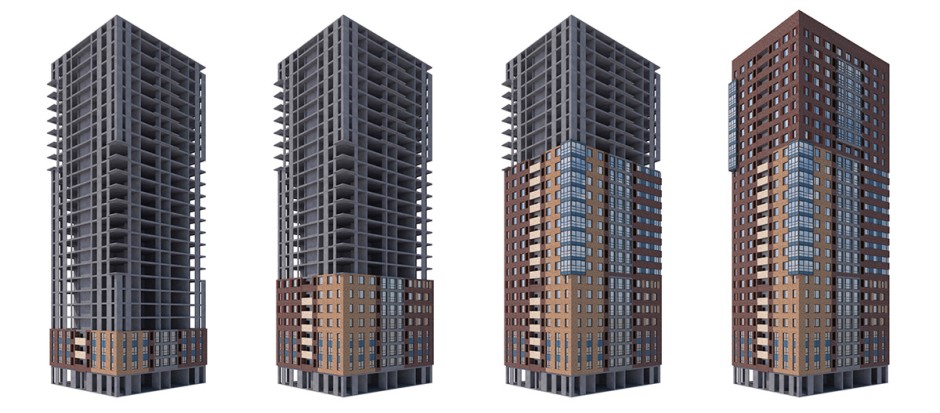We were commissioned to design a residential estate project, which raised a question about the design of the façade system. The design envisioned a classic hinged ventilated façade with a Ronson subsystem and clinker bricks. Incidentally, we had recently encountered this type of surface on one of the mansions we worked on in the Moscow Region, and everybody was very much pleased with the results. However, in this case it was a 25-story building and to raise the scaffolding to such a height would have been a difficult job. Therefore, we thought that it would be better to use modular façade technology from a company called Genesis.
This technology allowed us to lift the panels with cranes to the right position without the need for high scaffolding.
The following clip from Genesis explains the procedure:

The design process for such a panel façade system involves many automatic and repetitive actions that can be computerized, and it makes sense to use parametric design tools for these tasks.
The first idea that came to my mind was to write an algorithm, which divides the surface of the façade into separate sections with repetitive modules, to understand the periodicity of the elements and their technical specification. Then I could make another algorithm, which includes the previously clarified specification of the panels to be able to model their structure.
The client suggested a random façade for a trial run, and asked us to break it into panels. But the 2D-based documentation of this building was so inaccurate, that this approach did not make sense. We could have modelled it, but despite all its beauty, the BIM approach is ultimately incompatible with the old-fashioned 2D drawing: too many elements and, all of them need to be re-modelled and redone.

Therefore, instead of dealing with the pilot project, we started to work directly on the 25-story building.
The first – module division – part of the algorithm was solved in Grasshopper (though we suspected that we probably would not use it), but we were not sure how to deal with the second part, the construction of the façade panels. I started to work on this problem in Grasshopper as well, but in parallel, I decided to try writing an Archicad library element in GDL.
It turned out that the latter approach was much faster and could be applied to the Archicad tools in a more convenient way. Meanwhile, the structural engineers who designed the reinforced concrete structures and the team that worked on the architectural documentation modelled the cast-in-situ reinforced concrete frame and façade structure to ensure that everything is fit for the mounting attachments of the façade panels. At the same time, the façade was divided into sections with repetitive module panels.
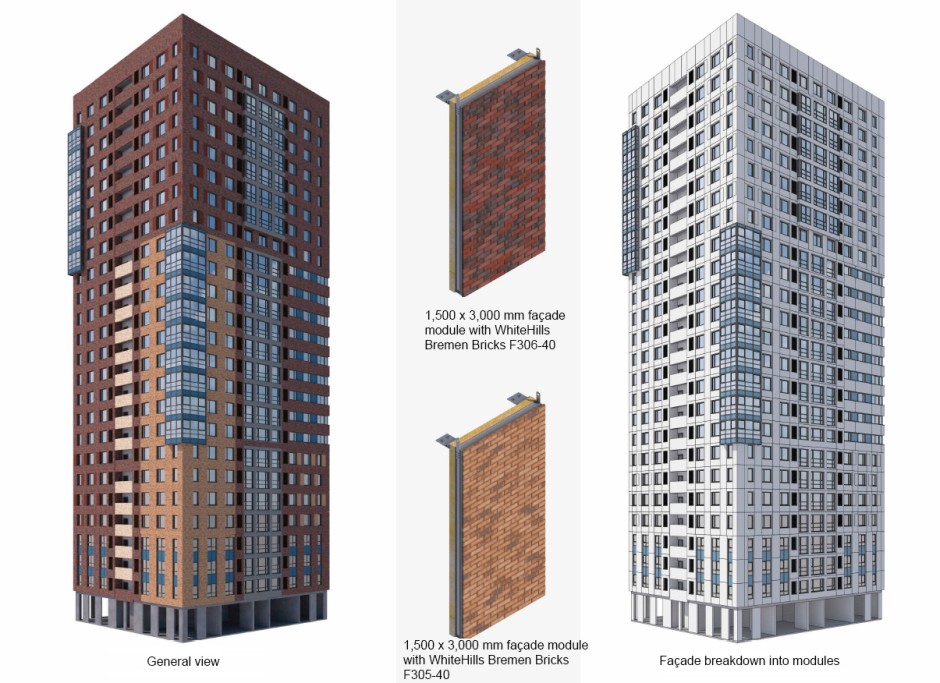
“I decided to try writing an Archicad library element in GDL. It turned out that the latter was much faster and could be applied to the Archicad tools in a more convenient way.”
Kirill Pernatkin, Managing Architect, Dutch Architectural Studio


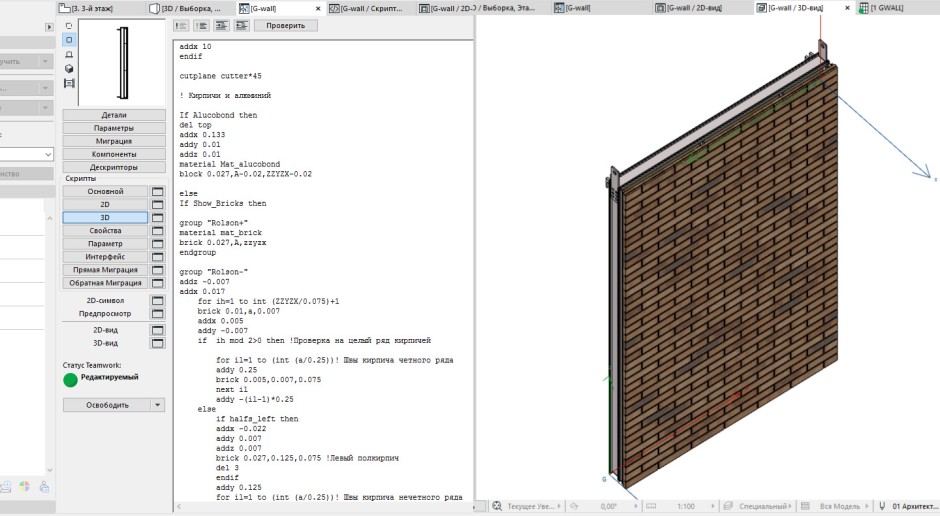
“In case of more complex elements, it is easier to work with GDL, while all basic elements of Archicad are easier to handle with Grasshopper.”
Kirill Pernatkin, Managing Architect, Dutch Architectural Studio

©Kirill Pernatkin
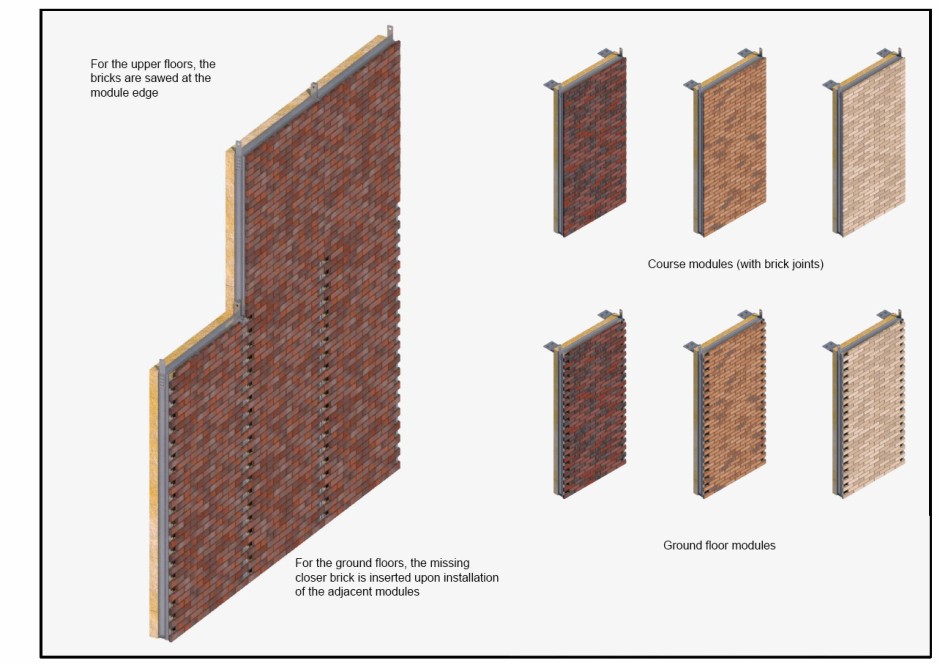
The wall panel algorithm written in Grasshopper turned out to be critically slower and less responsive to continuous changes in the model design needs. Thus, everything worked more quickly and conveniently in GDL.
I am sure that we are far from being experts in Grasshopper and GDL, but through this project we came to a conclusion: in case of more complex elements, it is easier to work with GDL, while all basic elements of Archicad are easier to handle with Grasshopper.

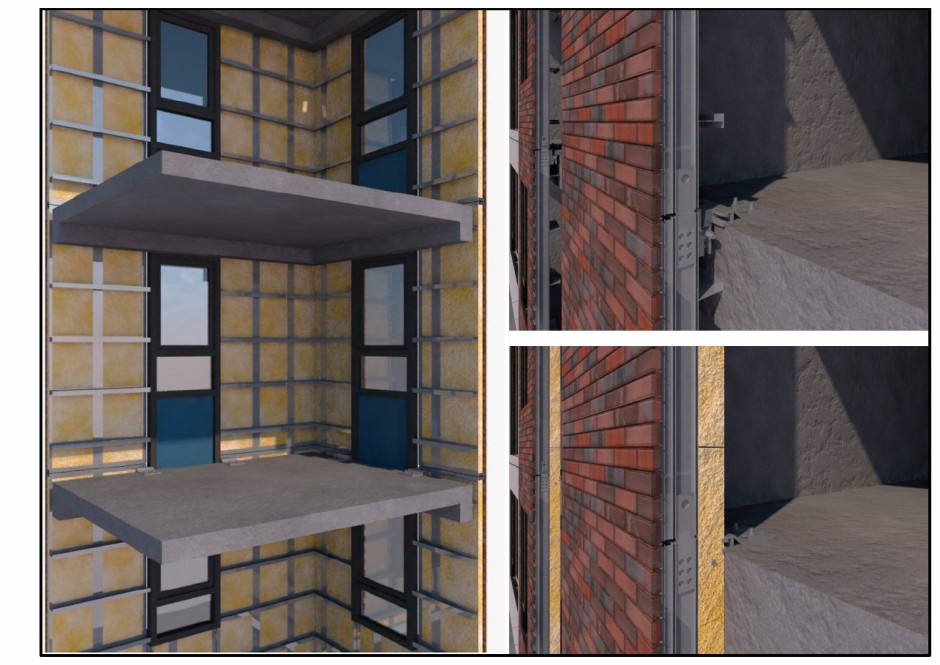
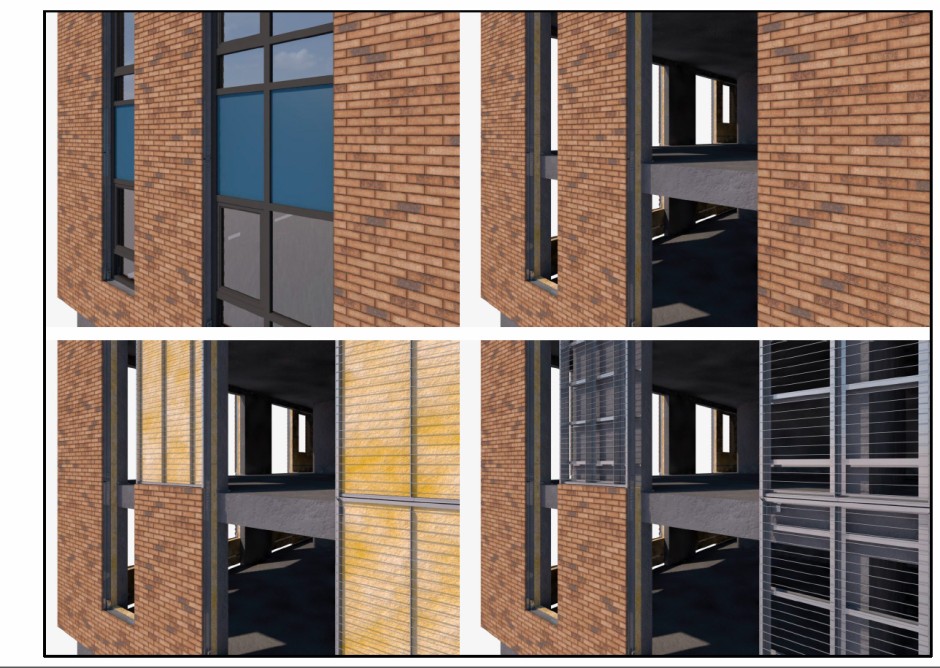
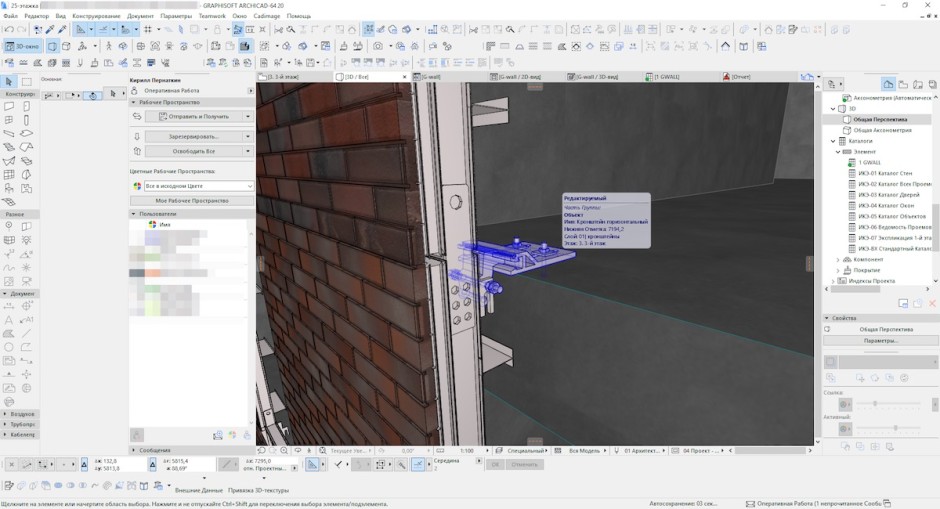
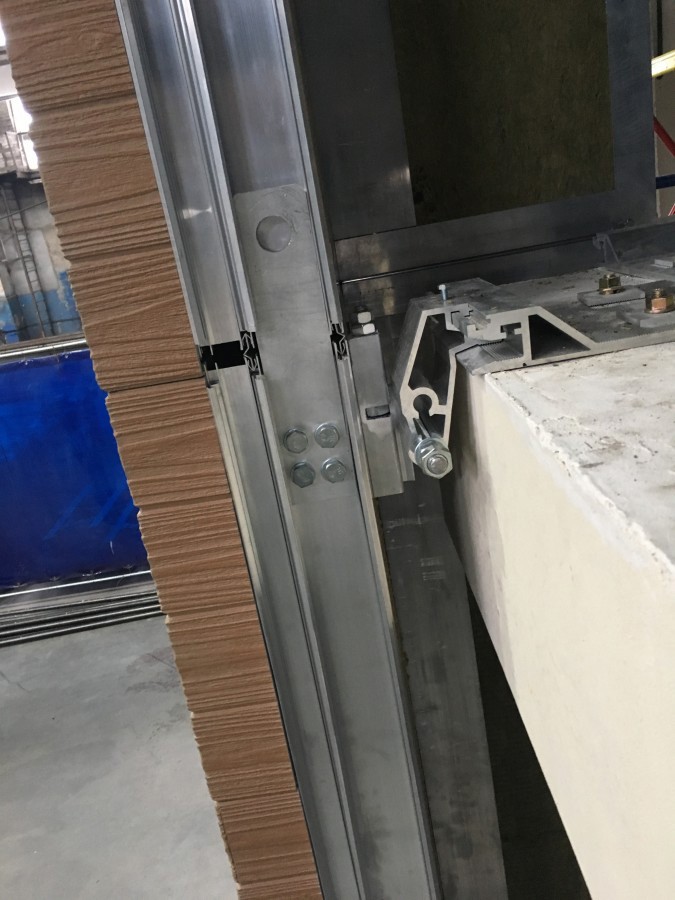
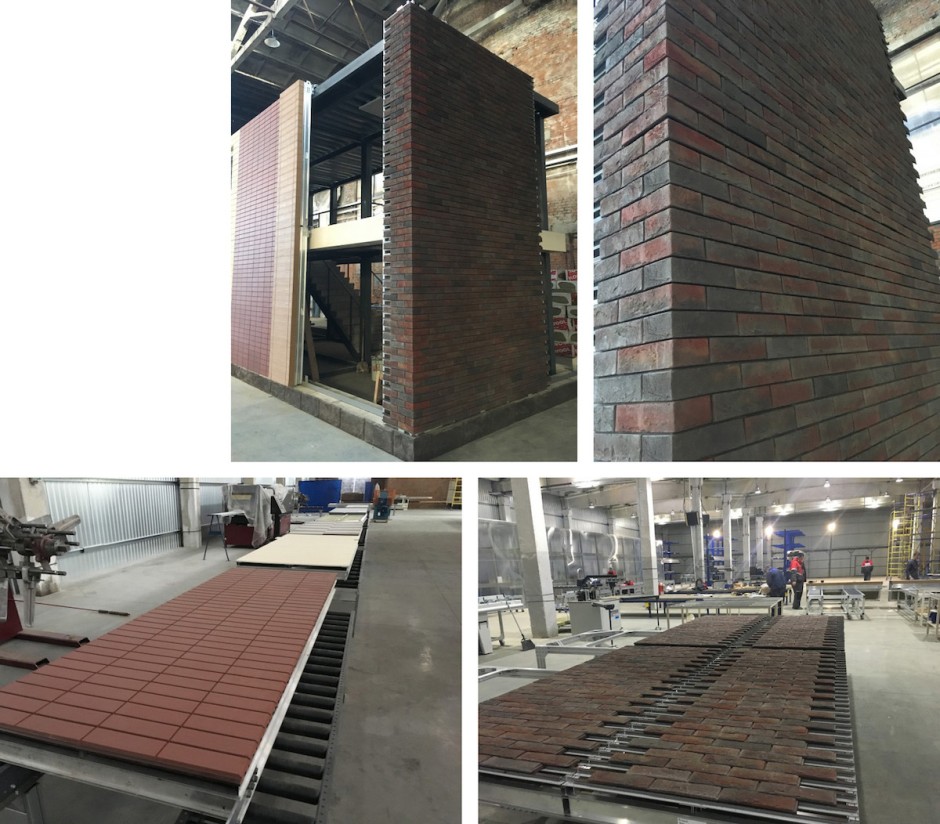
About Graphisoft
Graphisoft® ignited the BIM revolution in 1984 with Archicad®, the industry first BIM software for architects. Graphisoft continues to lead the industry with innovative solutions such as its revolutionary BIMcloud®, the world’s first real-time BIM collaboration environment; and BIMx®, the world’s leading mobile app for lightweight access to BIM for non-professionals. Graphisoft is part of the Nemetschek Group.
